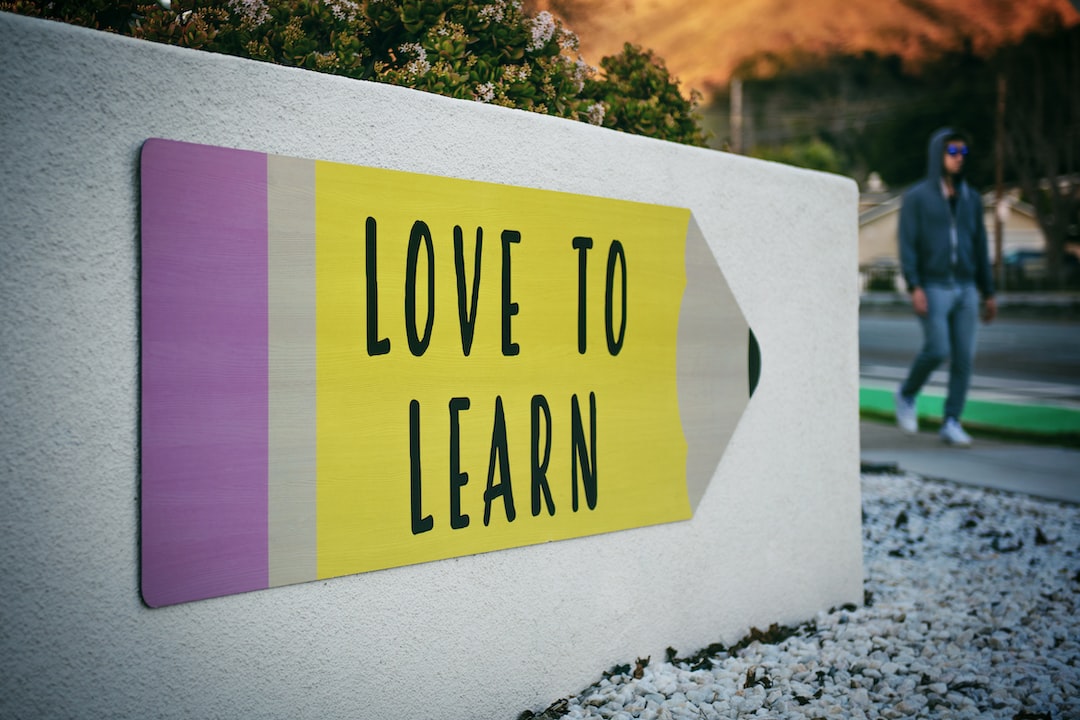Transforming Education: How e-Learning is Revolutionizing the Classroom
In today’s digital age, technology has permeated every aspect of our lives, including education. With the advent of e-learning, the traditional classroom setting is undergoing a dramatic transformation. Gone are the days of blackboards and textbooks as more and more educational institutions and teachers embrace the power of online learning platforms and digital resources. In this blog post, we will delve into how e-learning is revolutionizing education and the benefits it brings to both students and educators.
One of the key advantages of e-learning is its accessibility. Regardless of geographical location, students can now access educational materials and engage in interactive online courses. This means that those in remote or rural areas, who previously had limited access to quality education, can now learn from the best teachers and institutions from all around the world. The barriers of time and distance are no longer hindrances to acquiring knowledge, making education more inclusive and equitable.
Furthermore, e-learning offers flexibility and personalized learning experiences. Traditional classrooms often necessitate a one-size-fits-all approach to teaching, which can lead to students falling behind or losing interest. With the use of online platforms, students can learn at their own pace, revisiting difficult concepts or accelerating through familiar ones. Personalized feedback and assessments can also be integrated into e-learning systems, providing individualized attention and support to each student. This tailored approach ensures that no student is left behind, maximizing their learning potential.
Another benefit of e-learning is the wide array of multimedia resources available. Textbooks are being replaced by interactive videos, animations, and virtual simulations, making learning more engaging and captivating. Visual and interactive content helps students grasp complex concepts more easily, enhancing their understanding and retention. Additionally, these resources foster creativity and critical thinking, as students are encouraged to explore and form their own opinions. By integrating technology into the classroom, educators can create a dynamic and interactive learning environment that encourages active participation and inquiry.
E-learning also promotes collaboration and global connectivity. Online forums, discussion boards, and video conferencing tools enable students to connect with their peers from around the world, fostering cultural exchange and collaboration. Through collaborative projects, students develop teamwork skills, learn from different perspectives, and gain a global understanding of the subject matter. This interconnectedness prepares them for the increasingly globalized workforce and nurtures a sense of global citizenship.
The ongoing COVID-19 pandemic further emphasizes the importance of e-learning. As schools closed their doors and social distancing became the new norm, e-learning emerged as a lifeline for educational institutions. Through virtual classrooms and online platforms, teachers were able to continue providing quality education to their students. E-learning not only acted as a temporary solution during the pandemic but also showcased the potential for a hybrid approach to education in the future. It allows for seamless transitions between in-person and online learning, ensuring continuity even during challenging times.
Despite its many advantages, e-learning does pose challenges that need to be addressed. Inequality of access to technology and the internet remains a significant hurdle for many students, particularly in developing countries. In addition, the absence of physical interaction in online learning settings can sometimes impede the development of social skills and personal connections.
In conclusion, e-learning is revolutionizing the classroom by transforming education into a more accessible, flexible, engaging, and collaborative experience. From breaking down geographical barriers to fostering personalized learning, it has the potential to significantly enhance educational outcomes. As technology continues to evolve, it is vital for educational institutions and educators to embrace e-learning and harness its power to shape the future of education.

